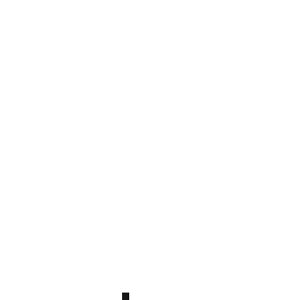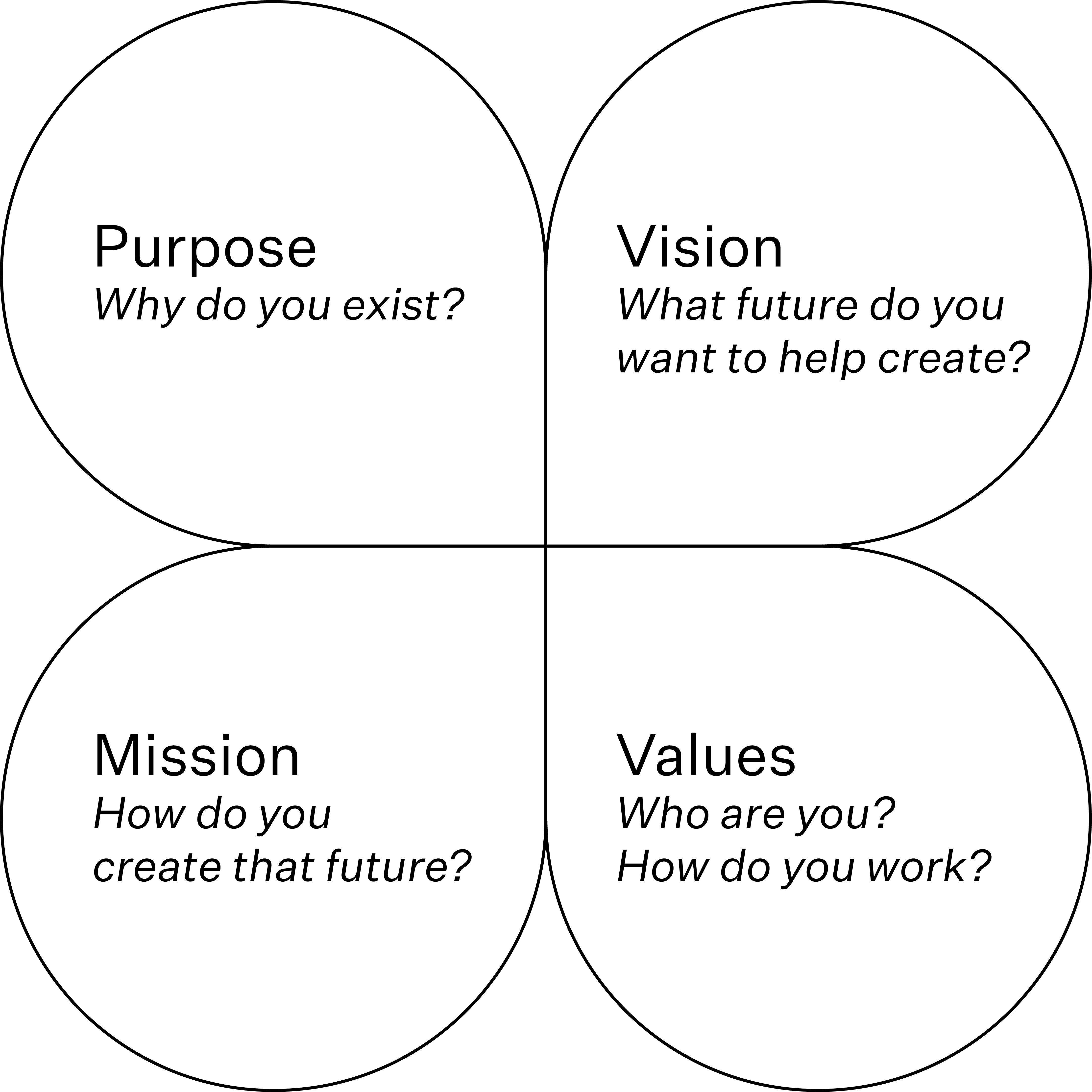BRAND DEFINITION FRAMEWORK
A brand framework makes your brand heart transparent for your audience.
When building a brand, it’s not enough to create a great product or service and call it a day. If you want your brand to have any sort of longevity, you need to build strong relationships with people—and that requires something more: transparency. People want to see your brand as a whole entity. They want to know not only what you do but what your brand values and believes in. They want your brand heart, which you best describe through a framework. A brand framework makes your brand heart transparent for your audience. It guides your activities in all dimensions, channel and media in a consistent manner.
The Golden Circle
WHAT: Every organisation on the planet knows what they do. These are products they sell or the services they offer.
HOW: Some organisation know how they do it. These are the things that make them special or set them apart from their competition.
WHY: Very few organisations know why they do what they do. Why is not about making money. That’s a purpose, cause or belief. It’s the very reason your organisation exists.
Starting with a basic framework including:
PURPOSE: Why do you exist?
Vision: What future do you want to help create?
Mission: How do you create that future?
Values: Who are you? How do you work?
This basic brand frame work is sufficient for the definition of a corporate brand without services and products in competition and clarity in target groups. If your brand is in competition and relevant for consumer it needs more dimensions. That is why we extend our model to include market position, target groups and benefits to put the on the purpose, the idea, the proposition in the middle.
A Brand Framework is to guide your decisions, serves as a North Star which defines what the brand stands for, and acts as a guide to ensure all touchpoints with the market build on the brand.
A brand framework provides guidance for our culture, behaviour and daily work, when developing positioning and messaging for sub-brands, when writing agency briefs, for creating field communications, and activities ranging from product planning through development and go-to-market planning.
The framework helps us to set priorities in our overall communication. It serves as a shared reference point for every message, every activity and every piece of marketing material we create.
The framework is a concise distillation of the brand owner’s vision, mission and value concept. It describes the target group and turns insights into benefits and drivers. It defines the positioning of the brand in differentiation to the competition and describes the personality with attributes.
A framework is not a brand playbook, which contains detailed instructions and examples of how to use the brand in a variety of situations. Nor is it a visual style book, which details the use of logos and colours.
Our CPG brand definition model
Brand owner statement
The capabilities and vision for the brand that a company has. It must describes the inner image (vision) of an outstanding reality that is in principle feasible and the role/function (mission) that the company wants to play in that vision.
To frame all activities within an organisational context.
Values
The values describe the convictions/attributes that the company gives to itself and its employees to realise the vision. What the brand stands for. The things it holds dear. The principles that define how it behave.
The brand’s anchor points, informing the way a brand behaves internally and externally. Relatively unchanging over times.
Positioning Statement
A statement that describes the competitive, relevant and differentiating place the brand occupies in its defined market. (By implication requires complete clarity about what market we’re in.)
Gives internal clarity and focus to what kind of brand we are and how we are differentiated from the competition. Guides innovation and extension strategies.
Personality Attributes
The 3 or 4 human characteristics that are attributed to and personify our brand. These dimensions will help you with the description: attitude, competence and style (heart, mind and hand). A brand personality element is usually expressed as an adjective. The purpose of brand personality attributes to help personify the brand and to give it a distinctive “brand voice.”
They guide the brand’s communication, behaviour, tone and manner to internal and external audiences.
Key Targets
A succinct statement of the brand’s key audience(s), internal & external, demographically & attitudinally. A clear and deep understanding of an unmet need or opportunity.
To frame our thinking about who we are talking to/aiming at and what will capture their attention as we communicate and deliver the brand.
Drivers
The benefits the brand offers that meet customer needs and drive choice. The drivers describe the essential motives for the purchase decision, the advantages for the customer that he expects from the products, the service or the brand. benefits can be functional, emotional, experiential or self-expressive.
Drivers are what make our brand distinctive and create value for our customers.
Brand Idea/ Proposition/ Promise
The most inspiring & compelling thing we can convey about our brand to this audience.
Gives focus and direction to all brand activities: NPD, communications, customer service/touchpoints etc.
Tone of Voice/ Visual Guidelines
A clear definition of the brand’s look (visual equities) and tonality.
Directs how the brand should communicate and express itself and ensures consistency in look, feel and delivery.
Why we need it
We need clear guidance for our culture, behaviour and daily work. Breaking down our brand definition elements into different perspectives enables us to maintain focus and consistency.
Creating and working with the Brand purpose
Some ideas
The Butterfly Diagram
A diagram used by Wolff Olins
When you’re setting out to define a brand – to define what you want to stand for – how do you arrive at the core idea.
Innovation Butterfly Diagram
A diagram suggested by 1508, Denmark, merging purpose and experience
© 2020 H E Y ! B R A N D








